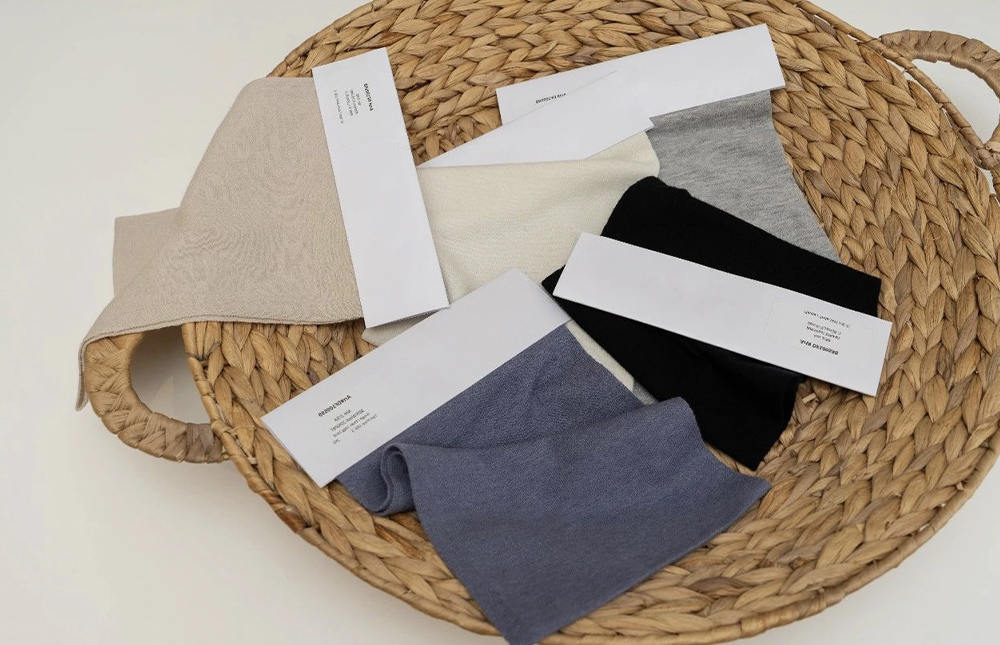The concept of fabric style is broad: the comprehensive effects (tactile, visual, auditory) generated by the inherent nature and shape of the fabric on human sensory organs. Narrowly defined: The comprehensive reflection (feel) of a certain physical and mechanical property of a fabric caused by the touch of the human hand.
Tactile style: The characteristic of a fabric is measured by the sensation it produces when touched by the hand, which is also known as the narrow sense style of the fabric.
Visual style: includes visual effects such as shape, gloss, and image.
Shape refers to the visual effect of the lines and shapes formed by a fabric under specific conditions, such as the drape of the fabric. The sense of form can also be referred to as the form style of a fabric.
Gloss sensation refers to the visual effect formed by the luster of a fabric, which is related to the strength of reflected light, the directional distribution of reflected light, and the composition structure of reflected light. Such as aurora, fertilizer light, fat light soft light, metal light, etc.
Image perception refers to a visual effect caused by the surface texture image of a fabric, such as wrinkle effect, wrinkles, grain patterns, grain lines, delicate textures, rough textures, etc.
Auditory style: that is, sound sensation, mainly refers to the sound effect generated by friction between fabrics. Like the "sound" of silk fabric.

Definition: Evaluate the sensation caused by human hands touching the fabric and combine it with the visual impression of the fabric's appearance
Application: Widely used in worsted fabrics
Method: One pinch, two touches, three grabs, and four looks
One pinch refers to pinching three fingers onto the edge of the fabric, with the fabric facing upwards, the middle finger under the fabric, and the thumb and index fingers on the fabric surface. Cross twist the fabric to determine its smoothness, elasticity, thickness, and body bone characteristics.
Second touch refers to rubbing the fabric surface against the palm of the hand, with the thumb pointing upwards and the other four fingers under the fabric, repeatedly rubbing the front and back sides of the local fabric to determine its thickness, softness, hardness, elasticity, and other characteristics.
Three grabs are the kneading of local dough into a ball, with light and heavy weights. Grab and release. Repeatedly determine the elasticity, liveliness, waxiness, softness, and hardness of the fabric.
The fourth observation is to carefully observe the surface from partial to full width, and determine the quality of the surface, such as luster, evenness, edges, pattern, color, and twill. Then make language evaluations of the fabric, such as smoothness, firmness, softness, fullness, thickness, liveliness, and smoothness.